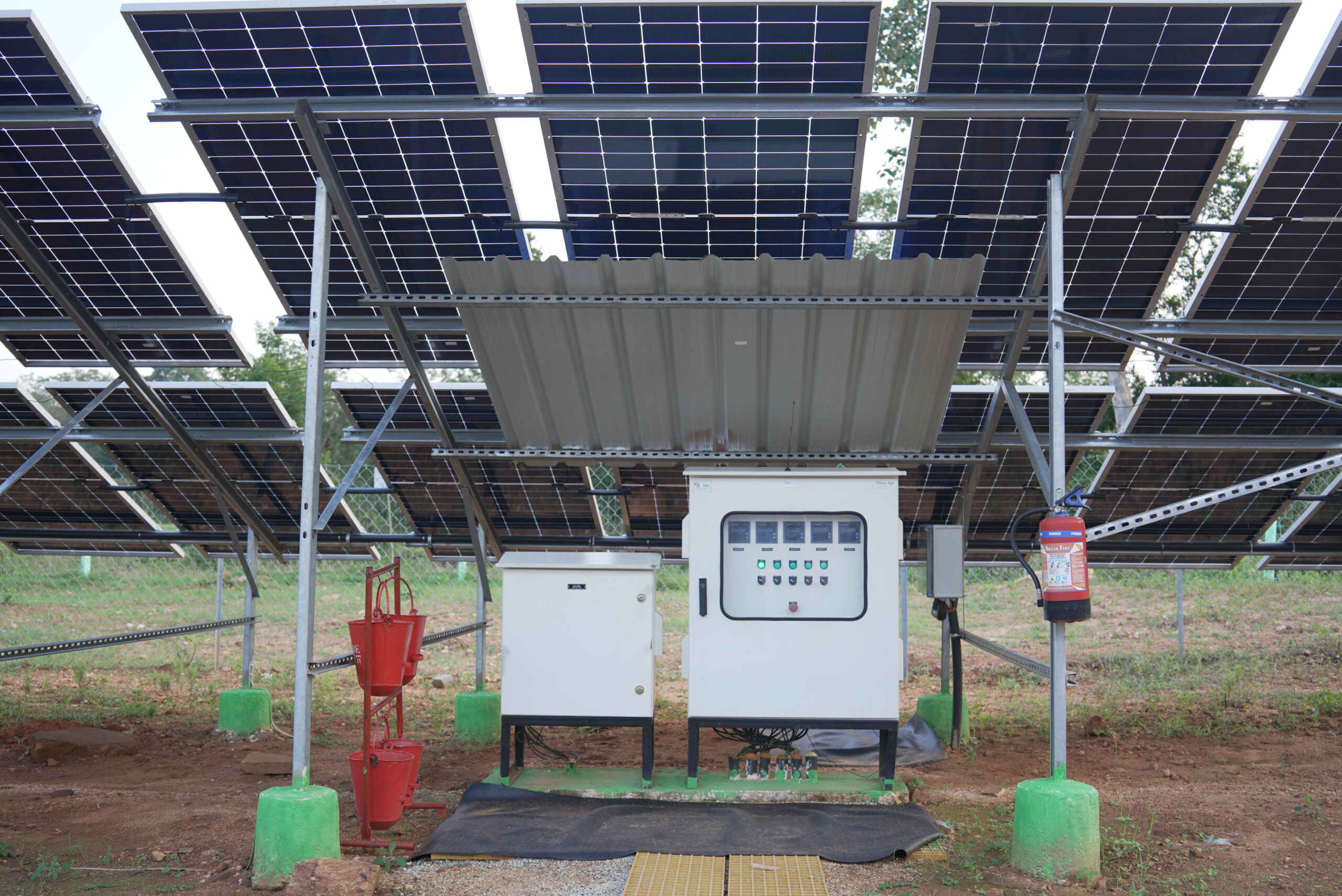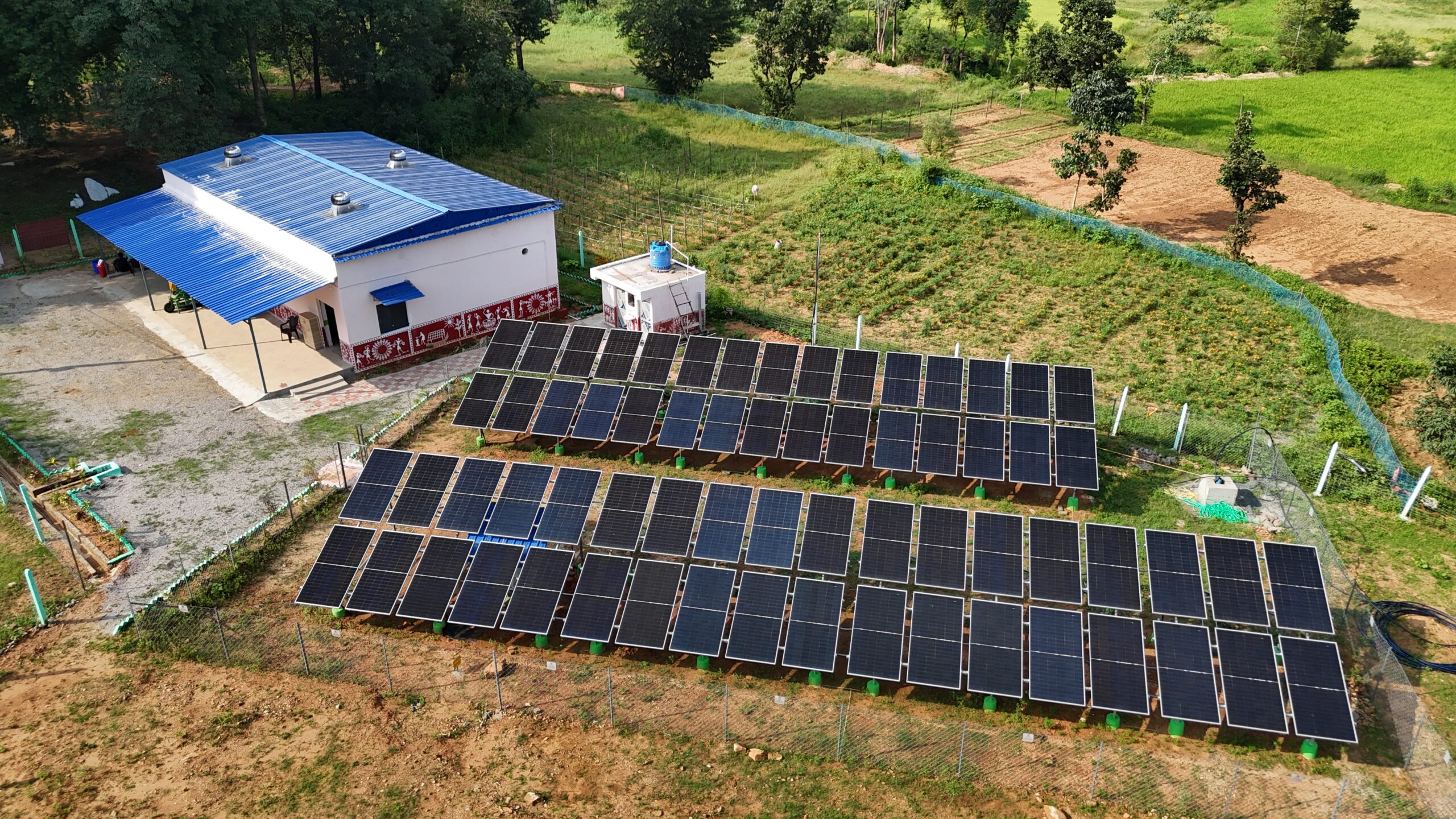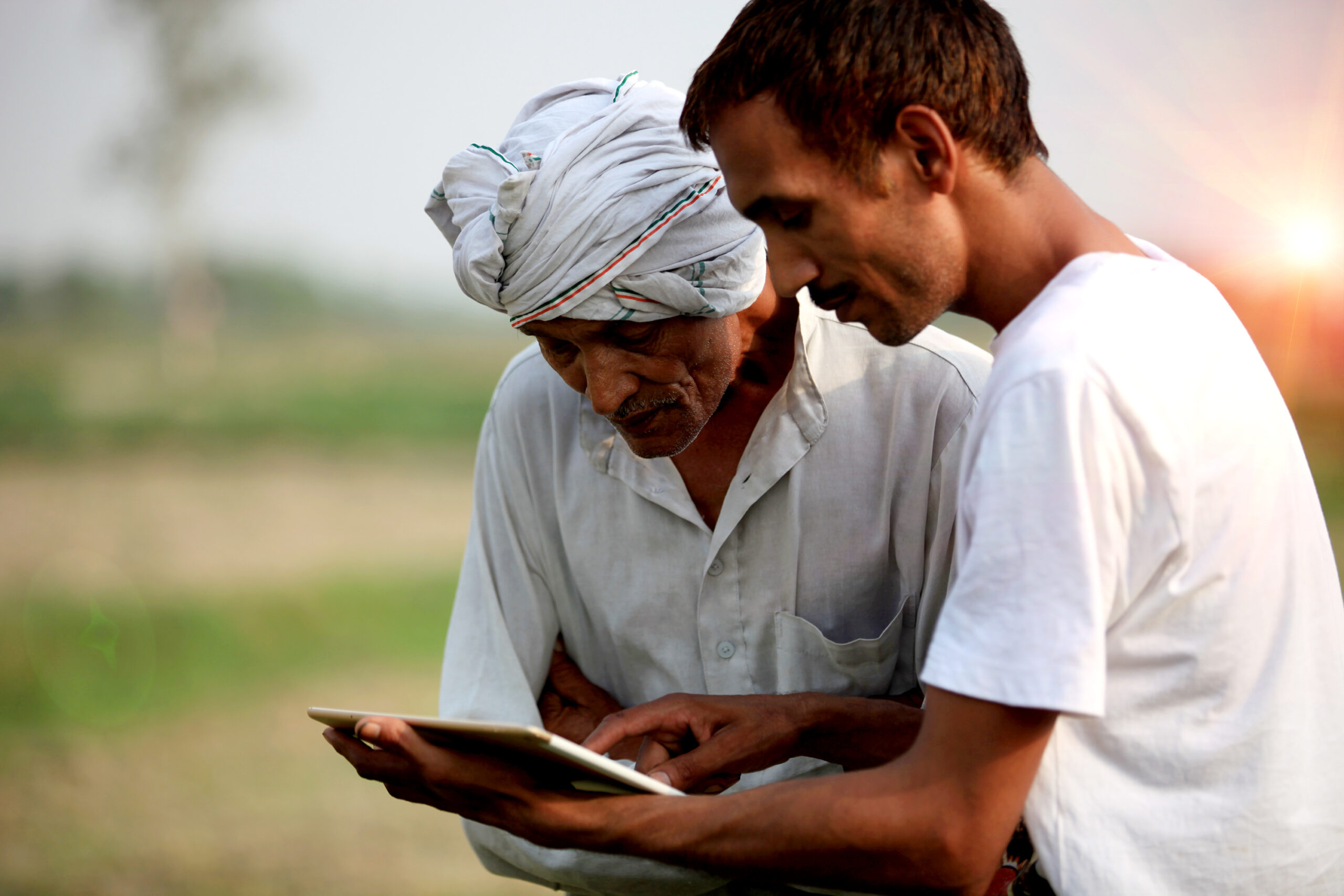Remote monitoring: Driving impact through digital intelligence
In today’s energy landscape, reliability and efficiency are critical, especially in remote and underserved regions. Traditional energy systems often face challenges such as high maintenance costs, unpredictable failures, and limited technical support. This is where remote monitoring & diagnostics becomes a game-changer.

Why Remote Monitoring Matters?
Remote monitoring ensures real-time visibility into system performance, enabling proactive maintenance and reducing costly downtime. Instead of waiting for failures, operators can detect anomalies early, troubleshoot remotely and optimise energy usage. This approach:
- Reduces operational costs through predictive maintenance and remote troubleshooting.
- Improves system uptime with real-time fault detection and automated alerts.
- Transparency for All Stakeholders:
– Funders access impact dashboards and automated reports for ESG metrics.
– System integrators monitor performance remotely, reducing service costs.
– Local support teams receive alerts and can troubleshoot.
By lowering costs and improving reliability, remote monitoring makes energy solutions affordable, scalable and sustainable, enabling communities to access essential services like healthcare, education, and productive use of energy.

Impact on Communities
In the Climate Smart Village initiative, remote monitoring has illustrated how digitalisation drives inclusive growth, all while cutting carbon emissions significantly.
This is where Schneider Electric’s EcoStruxure Energy Access for Livelihood platform demonstrated measurable impact beyond technical efficiency, as evidenced by the following outcomes:
- Farmers have doubled incomes, migration has decreased, and access to education and healthcare has improved—all while cutting carbon emissions significantly.
- Sustainability: Dashboards track clean energy generation and CO₂ avoidance, helping partners measure climate impact.
- Social Inclusion: Reliable energy powers irrigation, agro-processing, and small businesses, creating opportunities for women and youth.
- Collaborative Ecosystem: Funders, integrators, and local teams share data across multiple sites through automated reports and open APIs, ensuring transparency and efficiency.
These outcomes demonstrate how digitalisation drives inclusive growth and climate resilience with advanced remote monitoring to deliver:
- Real-time System Health & Alerts: Monitor uptime, performance, and fault detection with customizable SMS, email, and push notifications for early warning.
- Remote Diagnostics & Maintenance: Troubleshoot, reset systems, and schedule preventive actions based on real-time data- without site visits.
- Advanced Analytics & Reporting: Capacity utilisation insights, automated customisable reports for NGOs, investors, and technical teams.
- Open & Secure Integration: Product-agnostic platform with open APIs, multi-site views, and cyber-secure architecture for seamless third-party integration.
- Sustainability & Carbon Credit Readiness: rack clean energy generation, CO₂ avoidance, and provide auditable data logs for certification.

Remote monitoring is more than a technical upgrade; it is a catalyst for reliable energy, inclusive growth, and measurable sustainability. By combining real-time visibility, predictive diagnostics, and collaborative tools, it will provide funders, integrators, and local teams the ability to deliver impact at scale. Now is the time to embrace digitalisation and make energy access smarter, more resilient, and equitable. Join us in driving this transformation—because when energy is reliable, communities thrive.
Author:
